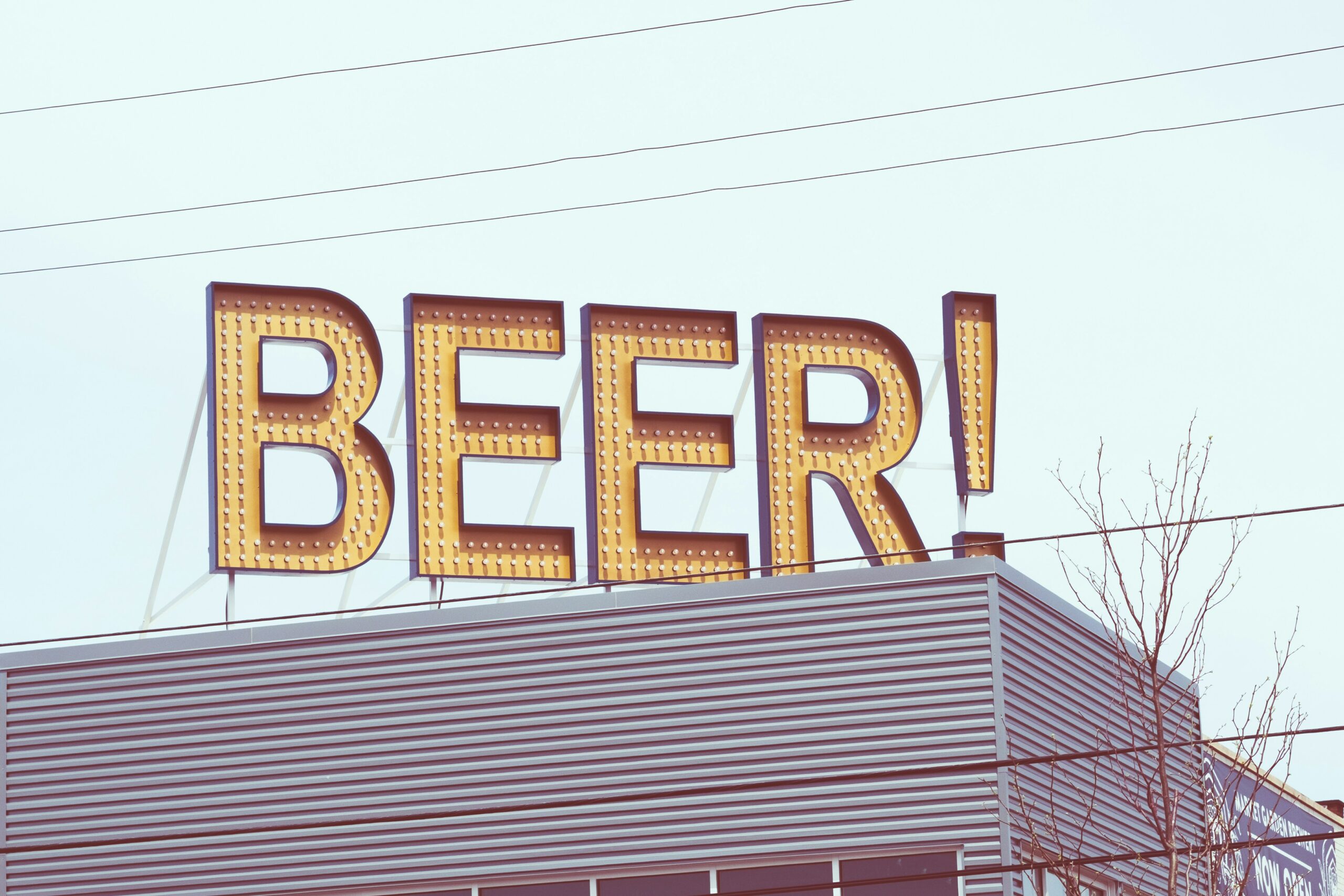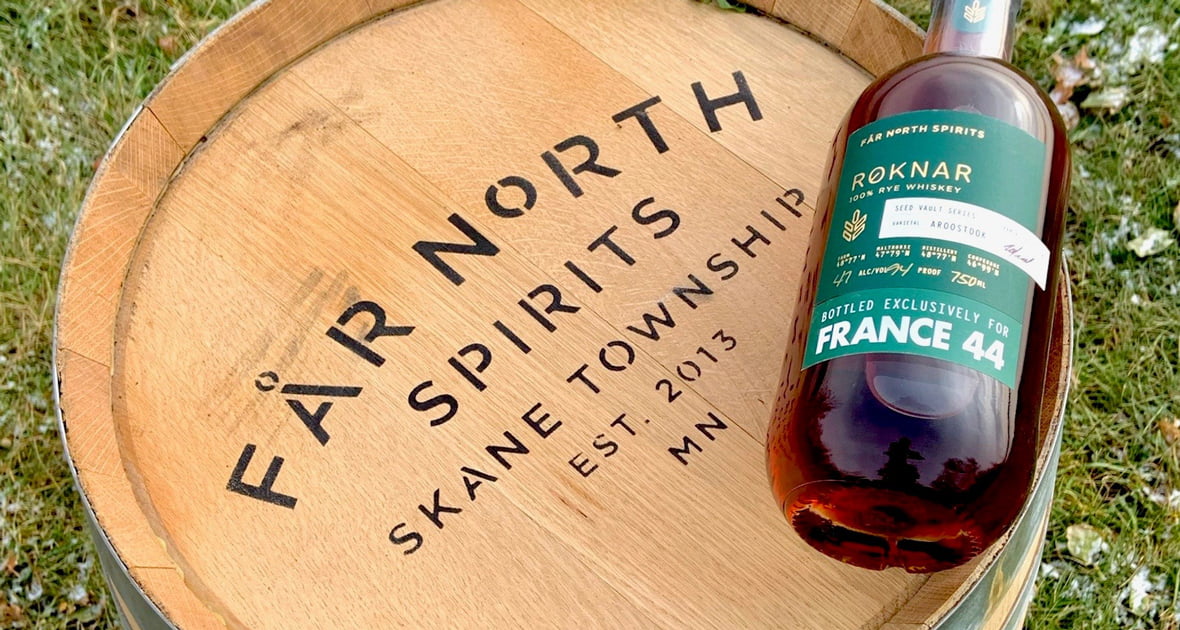
Bennett Porter
Bennett (he/him) is one of our Beer Cave Trolls, is a Certified Cicerone® and holds his WSET Level 3 Certification in Wines. You’ll see him lurking about the German pilsner and kölsch sections most often. He also enjoys Steel Toe, Odell, and La Croix and chocolate milk on occasion. If he wasn’t at France 44, he’d be trying to make it work as a full-time snowboard bum. He and his wife share a great Anatolian Shepherd named Bear.
From my decade-plus experience of selling beer at France 44, I have been fortunate to get a first-hand perspective of the craft beer boom. My favorite quip about working in craft beer is that “the only constant is change”, one of the principal reasons I have enjoyed this industry so much. As new beers arrive daily, often hourly, the beer cooler exists in a fluid state. Every week is different, requiring a constant effort to keep your finger on the pulse. With near limitless choices of ever-improving quality, there has never been a better moment to enjoy craft beer; yet behind the rose-colored lenses the industry faces a new version of change.
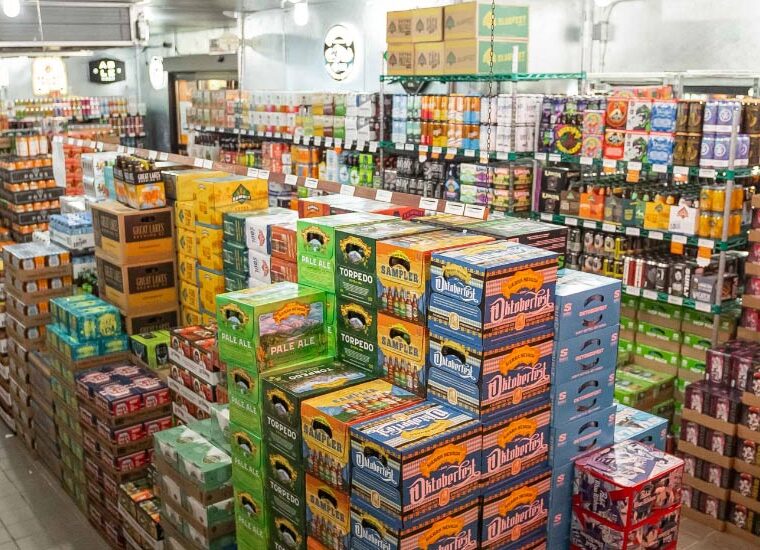
I’ve been reflecting a lot on what got us here, and what the future holds. How “fully fermented” is craft beer? Early craft beer drinkers were like yeast introduced to sugary wort: consuming, metabolizing, multiplying in numbers, along the way generating by-products of more breweries, more craft beer in more styles, and more flavor. The chemistry of this industry developed quickly, thriving like an active fermentation. It seemed like a new brewery was opening every day.
We rode that high for quite a while. Then the pandemic hit, fraying the fabric of in-person social interaction—the main environment in which craft beer is enjoyed. Its toll magnified a reality we learned to be true: the market had matured and become much more competitive. For the confluence of these reasons and more, I believe we’ve reached the “secondary fermentation” of craft beer, a period of slowing change and maturation.
•••
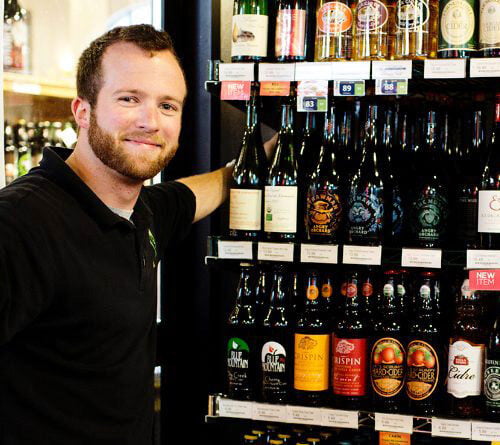 Around the time I took my first shifts in the beer cooler was a particularly exciting time in the Minnesota craft beer scene. The recently passed “Surly Bill”, which allowed distributing breweries to sell their beer on-premise, opened the floodgates for new local craft breweries to plant their roots.
Around the time I took my first shifts in the beer cooler was a particularly exciting time in the Minnesota craft beer scene. The recently passed “Surly Bill”, which allowed distributing breweries to sell their beer on-premise, opened the floodgates for new local craft breweries to plant their roots.
Up to this point, our beer selection looked much different. Swaths of shelf space were dominated by mid to large-sized regional breweries, most from out-of-state (e.g. Bell’s, Deschutes, Odell, etc). The local craft scene was just beginning to blossom. Brewery release calendars were steady and predictable back then. I could usually tell someone when to expect a certain seasonal offering. It was specifically the limited release bottles, often barrel-aged imperial stouts in tall glass and a fancy crown, that really generated peak excitement. I reflect fondly on my first few Surly Darkness releases when lines of people, lawn chairs and thermoses in hand, would form outside our doors in the early morning hours. Acquiring bottles of the most limited beers like these had become a sort of tradition for craft consumers.
This perpetual hunt to find the next rare beer was a nascent gamification for the widespread “gotta catch ‘em all” mentality that took over craft beer in the following years. BeerAdvocate, RateBeer and especially Untappd were all platforms on which users could rate and review the beers they had tried. Much like on social media, people became more aware of what beers their friends and peers were drinking, and if it was any good. Limited beers began to take on new faces: hazy New England-style IPAs featuring newly-developed hop varieties, pastry stouts with candy factory adjuncts, and smoothie sours saturated with fruit puree.
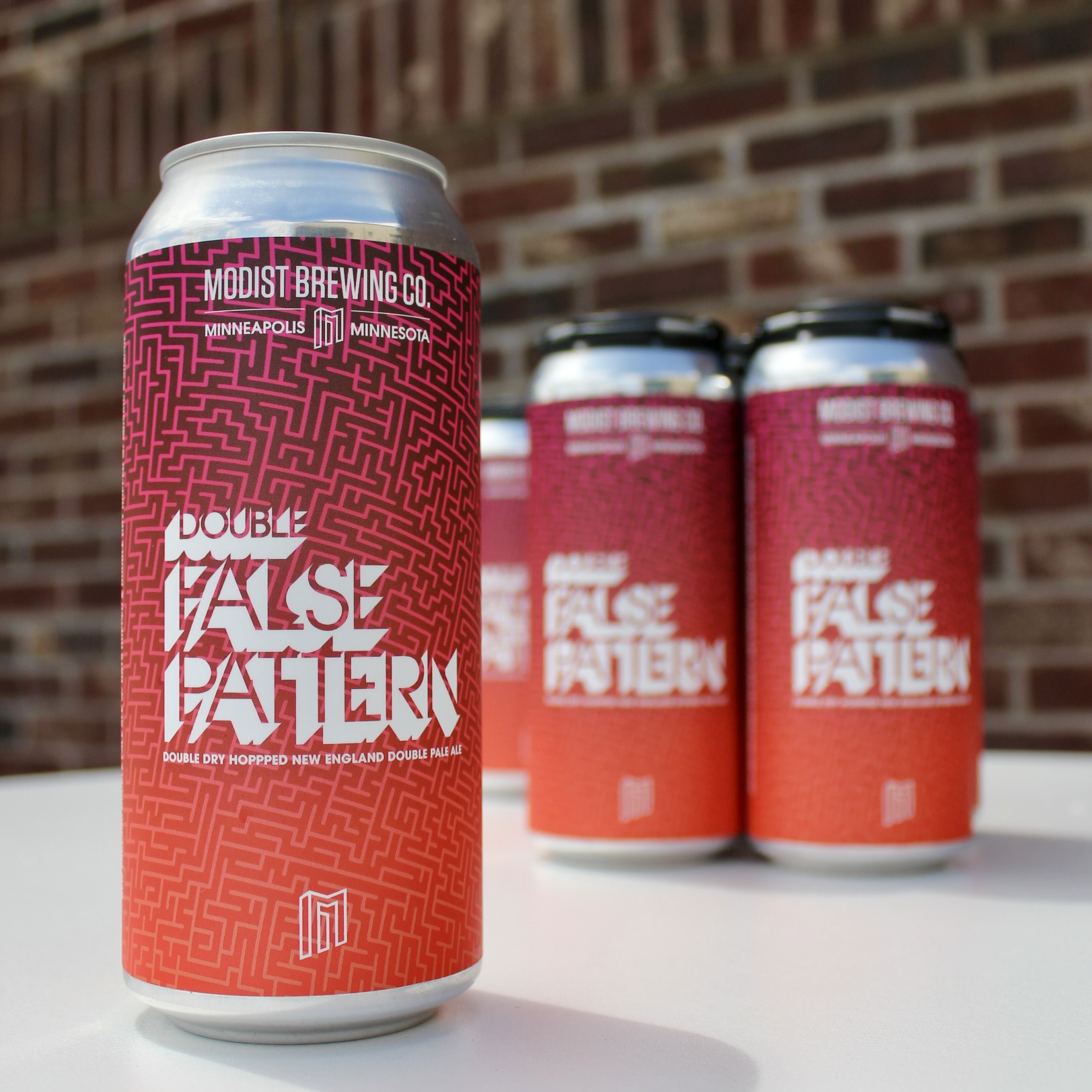 The “haze craze” was born, as hazy IPAs quickly became the hottest-selling beer style in our cooler. People who once lined up for stout releases turned to “truck chasing”: tracking down the freshest, juiciest, most-limited IPA drops from breweries like BlackStack, Drekker and Junkyard. Funny example, our Junkyard delivery driver would post his delivery route on Instagram, and by the time he arrived we’d have a crowd waiting to buy their beer. Genius! It was so crazy I actually had people actually grab beer out of my hands as I tried to keep the shelves stocked.
The “haze craze” was born, as hazy IPAs quickly became the hottest-selling beer style in our cooler. People who once lined up for stout releases turned to “truck chasing”: tracking down the freshest, juiciest, most-limited IPA drops from breweries like BlackStack, Drekker and Junkyard. Funny example, our Junkyard delivery driver would post his delivery route on Instagram, and by the time he arrived we’d have a crowd waiting to buy their beer. Genius! It was so crazy I actually had people actually grab beer out of my hands as I tried to keep the shelves stocked.
Like fuel to fire, soon we were juggling 50, 60, 70+ new beers coming through our doors every week. Sell out of one, replace it with another–wash, rinse, repeat. This became the environment in which most breweries had to operate to be successful. If you weren’t constantly developing new beers and flavors, you weren’t “staying atop the feed” in consumer’s minds. The results of these flavor pursuits were admittedly varied. It led to some of the best beers I’ve ever tried, and some of the worst. It was a time in craft beer when people responded well to gimmicks, us included. However, I think we reached a point of overstimulation that coincided with the eventual maturation of the craft beer market.
Today, it feels like we’ve come full circle. The onslaught of new beers continues, though at a more sustainable pace. Much to our satisfaction, maturing beer tastes have put a new focus on well-made craft lager styles (e.g. Pilsner, Helles, Bock) . Consumers are responding less to overengineered brews, as the risk of disappointment rises with the price point. Beer also faces fresh competition from the surging non-alcoholic and THC categories. In this “secondary fermentation” of craft beer, providing honest, dependable beer has become paramount.
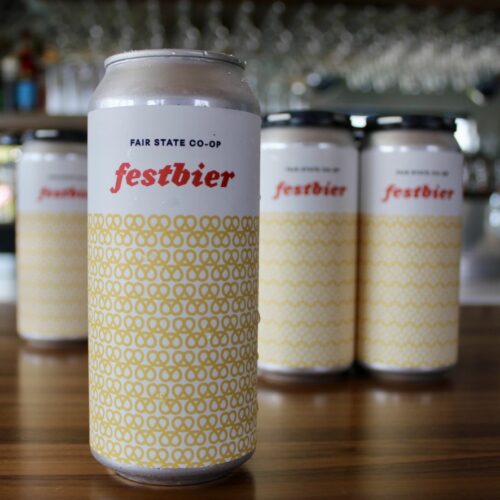 It has never been tougher to decide what to stock our shelves with. Amongst the beer available to us there is a bit of amazing, a lot of great, and a sea of good, acceptable or worse. Our goal is to offer the freshest selection of the best quality beer we can provide. Although we make these decisions as a team, we rely on guidance from the most important people, our customers. Sharing your tastes and feedback with us is invaluable in shaping our selection and helps us best support the breweries that you want to thrive.
It has never been tougher to decide what to stock our shelves with. Amongst the beer available to us there is a bit of amazing, a lot of great, and a sea of good, acceptable or worse. Our goal is to offer the freshest selection of the best quality beer we can provide. Although we make these decisions as a team, we rely on guidance from the most important people, our customers. Sharing your tastes and feedback with us is invaluable in shaping our selection and helps us best support the breweries that you want to thrive.
At this stage of craft beer, the future is in your hands. Support your local breweries and your locally-owned beer shops!
